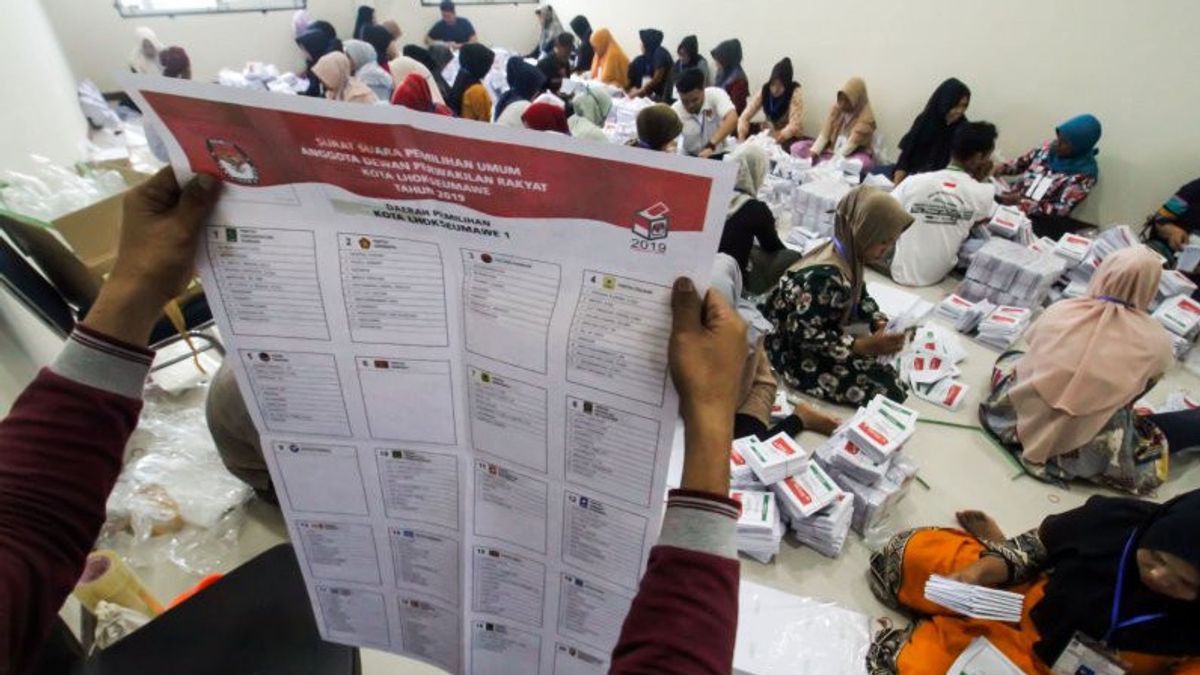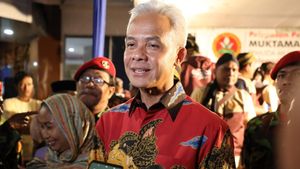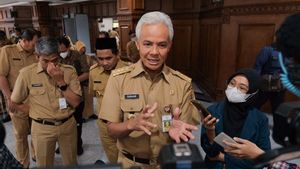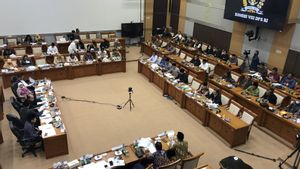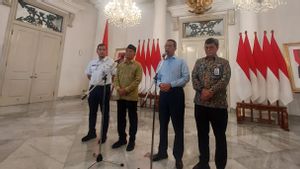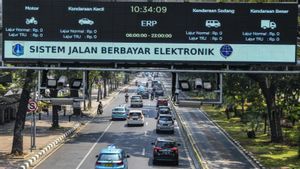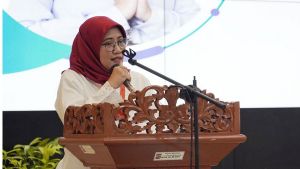YOGYAKARTA – The difference between open and closed proportional electoral systems is important knowledge to know. This is because proportional elections are part of the democracy promoted by the Government of Indonesia.
Elections or general elections themselves are held and participated in by all Indonesian citizens. For more details, see the following explanation.
Differences in Open and Close Proportional Election Systems
The general election system (election) is not only held in Indonesia. This system is widely known in various countries. In general, there are three types of electoral systems, namely district elections, proportional and mixed elections. Meanwhile, the electoral system used in Indonesia is a proportional election system.
A proportional election system is often also referred to as a multimember constituency electoral system or a balanced representation system. In simple terms, a proportional election system is a system used to fight for seats in the central parliament. The seats are distributed to political parties or groups participating in the election according to the balance of votes they get in the election.
In Indonesia, the House of Representatives (DPR) seats given to candidates from political parties will be adjusted according to the number of votes the political party gets. In this system, voters do not choose individual candidates but choose political parties.
Proportional elections are further divided into two, namely open proportional and closed proportional. Both have been applied in Indonesia. So what's the difference between the two?
1. Understanding
The basic difference between open and closed proportional is in the meaning. Open proportional is a system in which voters choose political parties or candidates from political parties. Voters can directly elect the desired legislative candidate to serve as a member of the legislature.
Whereas in closed proportional, vote holders can only vote for certain political parties. Later political parties will determine which cadres can sit as council members.
2. Image Blocking System
In simple terms, the voter will vote for the party candidate's picture on an open proportional basis. Whereas in open proportional voting, the owner of the vote will vote for the party's picture.
3. Prospective Candidate List
Submission of candidates in open and closed proportions is also different. In open proportional, political parties will submit a list of candidates which are usually only based on serial numbers. Meanwhile, in closed proportional, the submission of candidates will be submitted by political parties based on a predetermined serial number.
SEE ALSO:
4. Determination of Elected Candidates in the Party
Determination of candidates is also different. In open proportional, the determination of the elected candidate is based on the number of votes acquired by the candidate. Whereas in closed proportional, the determination of the elected candidate is usually taken from the serial number. For example, if a party gets two seats, the candidates appointed are candidates with serial numbers 1 and 2.
5. Voter Representation
Voter representation can be felt in an open proportional system because in this system the public is free to choose which figure they favor to sit in the legislature. Voters can also monitor the figures they choose. Whereas in closed proportional, the people's representation is not felt because voters cannot directly choose their representatives. Sometimes the character chosen by a political party is different from the voter's choice.
6. Position of Cadres in the Party
In an open proportional system, the position of cadres in the party does not really matter. Cadres who have a good track record and have the full support of the community can advance in elections and if they win, they can occupy a seat. Meanwhile, in closed proportional, the position of cadres in the party is very influential. Cadres who are close to the political elite will usually have smooth careers even if they are not supported by society.
Apart from the difference between open and closed proportional electoral systems, visit VOI.ID for other interesting information.
The English, Chinese, Japanese, Arabic, and French versions are automatically generated by the AI. So there may still be inaccuracies in translating, please always see Indonesian as our main language. (system supported by DigitalSiber.id)
